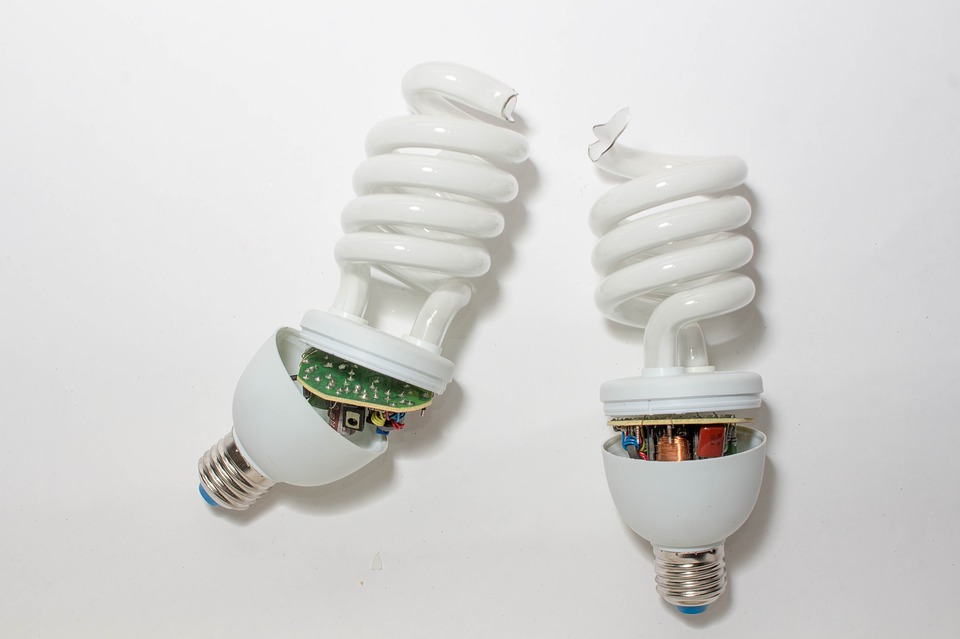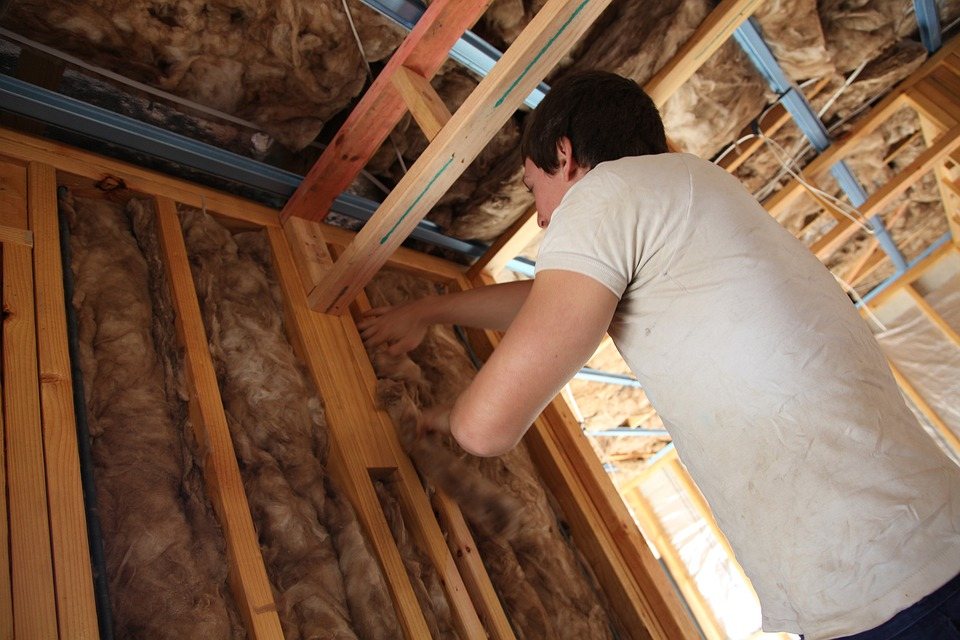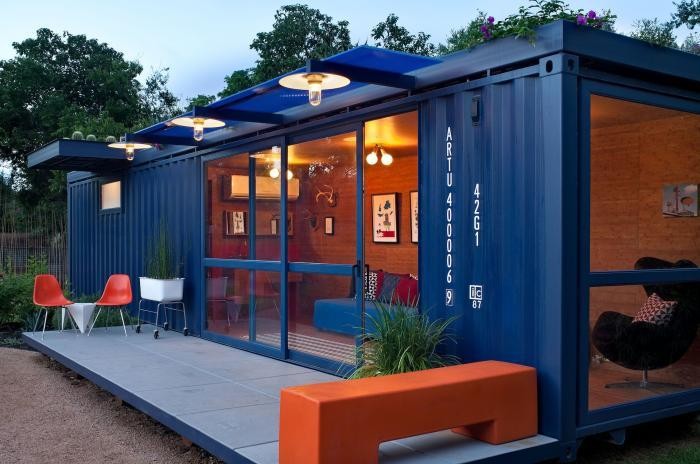Almost every homestead appliance requires power to operate. If not watched, their consumption may end up taking a large share of your monthly expenses. Does this mean that you stop using the electronics? Definitely not. There are different strategies you can utilize to scale down your energy expenses. If you don’t have a strategic plan to conserve energy, this article has you covered. It will continue to explain practical tips you can implement to help cut down your monthly power bills.
1. Replace the Outdated Equipment
When was the last time you replaced your home equipment? If you can’t recall the date, the chances are that you may be experiencing a huge energy bill because of the old versions you are using. Most outdated equipments operate below optimal standards. Modern equipment comes fitted with power-saving features. They are designed to use less power and power off when not in use, thus saving on cost. Although asking for a replacement may seem expensive, it’s worth it as you will end up saving a huge amount of cash in the long run. Besides, most modern gadgets are eco-friendly, meaning that when you invest in them, you will be saving the environment as well.
2. Switch Your Energy Supplier
When last did you switch your power supplier or tariff? What you should know is that expensive power is the same as a discounted one. Therefore, it makes sense to pay less. And according to experts at Electricity Monster, the switching can be done often, and that’s after comparing the prices and realizing a better deal in the market. The switching can save you plenty of cash because you are probably paying out-of-contract rates. You should know that although out-of-contract rates are price capped, they are often pricier. They are auto rates for customers who had not chosen their energy tariff or didn’t take any action when their deal expired.
When switching, you should note that some suppliers charge exit fees for switching mid-contract. This could see you lose a huge sum of your savings. However, you can decide to go this way if energy prices drop a few months after you’ve switched. It could be worth checking a price comparison site if you see in the news that energy prices low midway through your contract.
3. Install Energy-efficient Lighting
When it comes to building a good home, you must consider its interior and exterior lighting. Your home should be well-lit. However, did you know that your current lighting may be behind the high power bills? Yes, some types of bulbs are notorious for siphoning huge amounts of energy in the long run.
To cut on bills, ensure that you install energy-efficient lighting. For this, you can choose to either install compact fluorescent light bulbs (CFLs) or light-emitting diodes (LEDs). Going this way can see the power consumption drop significantly. You can as well consider removing or turning off lights in non-essential areas to reduce unnecessary spending.
4. Power Down the Equipment When Not in Use
You should know that every piece of electronics uses power when turned on. Therefore, you should form a habit of shutting off all the equipment when not in use. This may seem like a tedious process, but it shouldn’t be overlooked. When you are out of the house or sleeping, for example, you can consider turning off all the unnecessary equipment, such as ACs, computers, and lighting.
5. Insulate Your Home
Often, specialists insist that insulating both your loft and cavity walls can save you a huge sum of cash every year. For instance, adding loft insulation to a thickness of 270 mm in a standard non-insulated home could cut up to £150 a year from energy bills. Insulating the cavity walls in a semi-detached home can as well save up to £165 a year. Solid-wall insulation is also recommended as it can save you a huge sum of money in the long run.
6. Switch to a Programmable Thermostat
Your HVAC unit plays a significant role in ensuring that your stays at home are comfortable. If not careful with the unit’s consumption, you may end up spending a huge sum of money on bills. To cut on unnecessary spending, it would help if you installed a programmable thermostat in your apartment.
A modern thermostat allows you to set your thermostat based on your schedule. How many times have you forgotten to turn off your AC when leaving your home for work? It’s a countless number of times. With a programmable thermostat, you don’t have to worry about forgetting to turn the temperature down a few degrees when leaving your home.
7. Optimize Your Window Coverings
You can utilize many proven tricks to regulate the temperature of your apartment, and that’s dependent on the season. During the cold winter seasons, you can let the sun do the work for you, which means keeping your blinds open during sunny days. Opening the blinds allows the sun’s heat to warm your home throughout the day naturally. The trick may not be the ultimate means of keeping your home warm but can help you lower the temperature setting on your thermostat without losing too much warmth.
If you happen to live in regions known for cold winters, you can consider using plastic window film. The films are applied directly to your windowpane and are hard to notice but allow you to block out the cold and wind. During the hot summers, and when everyone is indoors, you can lessen your cooling system’s work by keeping the blinds shut until you are home. Shutting the blinds or adding a heavy drape limit the amount of sunlight getting into your house. As a result, this lowers the amount of heat that would have resulted from the sunlight.
Power bills usually take a huge share of your monthly expenses. Mentioned in this piece are some of the proven techniques you can borrow to slash down the figure. Read through the article to find out which of the techniques you can adapt. Some of the techniques ask for an investment, while others ask for a little home improvement.




















